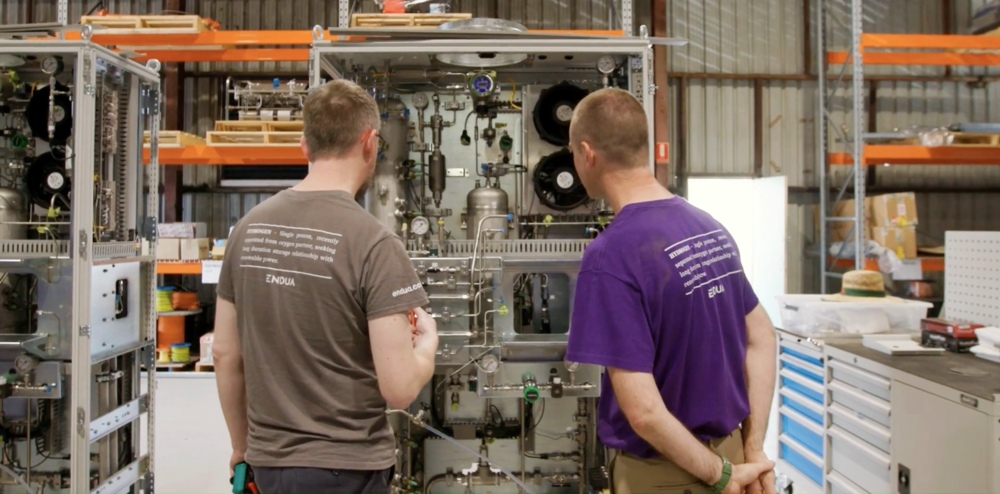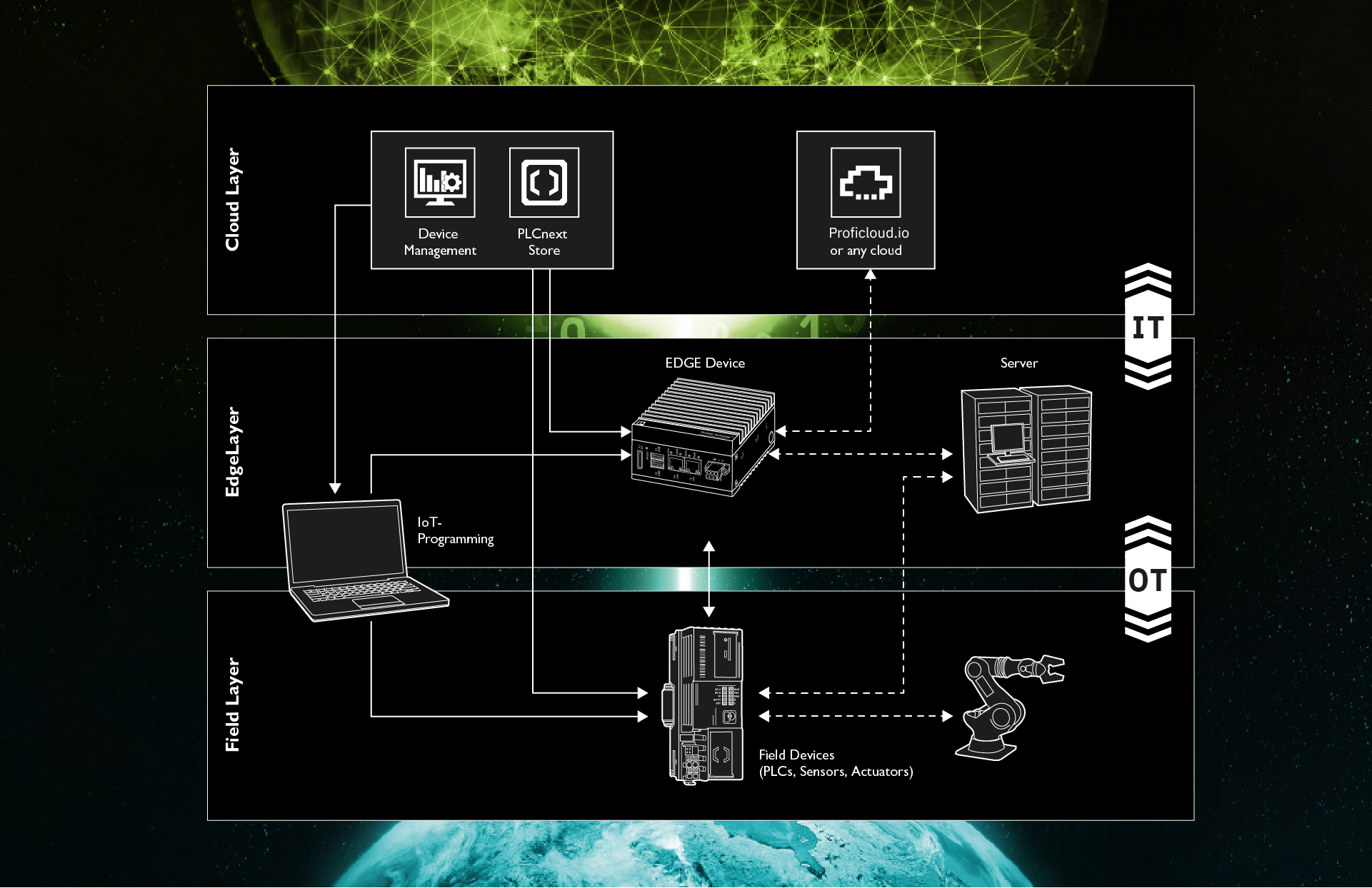This is my archive
Example of a complete app_info.json The following shows the contents of an app description file in which all types of app parts are configured by way of example: { “plcnextapp”: { “name”: “Full Multipart App”, “identifier”: “00000000000000”, “version”: “Full20.0 (112.12 DemoVersion)”, “target”:… Read More
App parts The app container can contain various app parts. This allows different app types to be implemented. The app parts are entered as optional entries in the app description. If these parts are present, the PLCnext Runtime (AppManager) reacts accordingly. The app description file must contain… Read More
PLCnext Control Solution A PLCnext Control Solution contains a complete PLCnext Engineer project configuration as an app part. A PLCnext Engineer Solution is also called solution for short. The user of a solution does not need any programming knowledge to use the app. A solution is transferred directly from the PLCnext Store or… Read More
Update Configurations The update process is shown in the following figure: To update an app you need only to install the app container which contains the new app version (without uninstalling the old app version). The update is detected automatically when: An app is… Read More
Command Line Tools A Command Line Tools app part makes it possible to integrate functionalities (cmd tools) into a system that are usable via the command line and that can be started from a shell without specifying the full path to the tool executable binary. Necessary additions… Read More
OCI container The OCI container app part type is supported in the PLCnext Technology firmware from version 2025.0. This app part provides the possibility for simplified integration and run of OCI (Open Container Initiative) container images of apps on the PLCnext Technology device. For this topic the container engine… Read More
Configuration of the PLCnext Technology Runtime Services If you need access or sometimes exclusive access to PLCnext Technology System Services in your app or a PLCnext Technology System Service is not allowed to be running when your app run, you can state this in the “plcnextservices” field of the app_info.json. This is often not… Read More
Linux Daemons The support for the Linux Daemons app part type is discarded and removed from PLCnext Technology firmware from version 2025.0. From version 2025.0, the OCI container app part type is supported in the PLCnext Technology firmware. A (Linux) Daemon can be integrated into a system in the form of an app. Read More
Shared Libraries The support for the Shared Libraries app part type is discarded and removed from PLCnext Technology firmware from version 2025.0. It can happen that an exe file integrated in the app container, such as a Command Line Tool, brings its own Shared Libraries with it and needs them for its… Read More
PLCnext Technology Extensions Extensions of the runtime can be integrated into a system in the form of an app. With a PLCnext Technology Extension, the runtime can be extended by the following elements: A process dependent on the runtime (process) A component (component) A Shared Library (library), which usually… Read More



